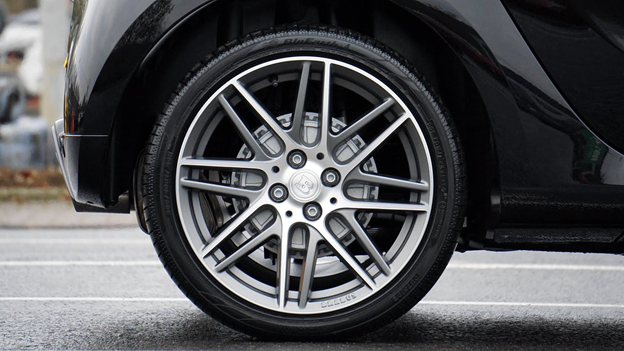
Automobiles may be marvelous products of man’s ingenuity and creativity but they are not beyond imperfection. Without proper care, they will slowly lose power and efficiency on the road. It will be then troublesome to keep them and costly to repair them, so it’s important to practice due diligence in taking care of your car. Here is a comprehensive guide to keeping your automobile’s power and efficiency:
1. Proper Engine Maintenance
The proper engine maintenance is key in keeping your car in top shape for the grueling years ahead. To make sure you take the necessary measures for your engine it’s important to examine what you have under the hood. There are significant differences when maintaining diesel engines vs. gas engines, so it’s crucial to know them. Both differ in efficiency, power, maintenance cost, and other functions. Regardless of what you have, you still need to consider the following:
a. Engine Oil
Dirt accumulated in the oil causes the engine to lose power and efficiency. It’s important that it is replaced regularly. Also, a weekly or monthly inspection of your car’s engine oil will help you determine if there are leaks in the system.
b. Filters
During an oil change, filters should also be replaced or cleaned. There are two filters checked at this point, the air filter and the oil filter. The former doesn’t have to be replaced frequently, however, it should be inspected. Holding it up against a strong light source will allow you to see if it has accumulated significant debris. Technicians will be able to ascertain if you need to replace them at that time.
c. Radiator
Overheating can also lower your car’s efficiency, so it’s important to check and clean your radiator regularly. Using a soft brush or washing the exterior of the radiator will remove dirt and debris, which can impede the heat transfer from the engine to the cooling system. A shop can also replace and safely dispose of your old antifreeze or coolant.
d. Transmission Fluid
Many models may require you to replace your transmission fluid after every 36,000 miles or earlier. This can also be determined if the pink fluid turns dirty or has a brownish tint. However, newer models may not need to replace transmission fluid, so you must check your car’s manual for instructions.
e. Belts
Belts are crucial in your car’s power and efficiency, it is important that you replace them every 2 years even if they don’t show any wear and tear. For timing belts, you may need to replace them after every 60,000 miles or whatever the manufacturer specifies.
2. Drive Efficiently
Your style of driving can affect your car’s efficiency by a lot. If you’re looking into making the most of your car’s fuel consumption and power, looking at how you drive may help you accomplish it. Here are some tips to be an efficient driver:
a. Don’t Drive Aggressively
Avoid “jack-rabbit” starts and sudden stops as it can increase your fuel consumption by up to 40%. These poor driving practices will only help you reach your destination by 4% faster which, evidently, does not compensate for the amount of fuel lost needlessly. You should accelerate smoothly and reach top gear in a timely manner.
When you decelerate, it’s less costly to predict traffic conditions and coast to decelerate rather than stepping on the brakes every time. In fuel-injection cars, merely easing off the accelerator will stop the flow of fuel to the engine and slow it down. An easy deceleration will not only save you fuel but it can also save your braking system from wear and tear.
b. Use Proper Gear
Reaching the proper gear will lighten the burden of your engine and makes your ride fuel-efficient. This means avoid staying on lower gear when you don’t need to and don’t let the engine strain by using higher gears on hills and curves.
3. Check Tires

A way to make sure you do not lose power and efficiency is make sure your tires are inflated at the recommended gauge. It has been found that tires that are 6% under-inflated causes you to burn more fuel than necessary. When you check its pressure, make sure it’s cold and follow the recommended tire pressure found in the manual and not the maximum gauge indicated on the sidewall. Also, make sure you check for wear and unevenness of the wearing pattern. When your tires do not have the proper grip, it causes them to slip when you accelerate and you lose power in your start-up.
4. Avoid Overloading
Manufacturers are constantly seeking to increase the car’s power and efficiency and power in many ways, one of which is to remove unnecessary load to improve their mileage. If possible, do not put an undue burden on your car by lugging around half your belongings unnecessarily. The extra load will not only reduce the car’s power but it can also hack away its efficiency. Although it may not matter much, too many accessories and customization can affect the car’s aerodynamics and puts on load to the car when it reaches a certain speed.
Maintaining your car’s power and efficiency has become a lot easier in recent years, with many models adapting to reduce the frequency of part repair and replacements. With regular upkeep, you will be able to keep your car’s power and fuel efficiency for over 180,000 miles.










